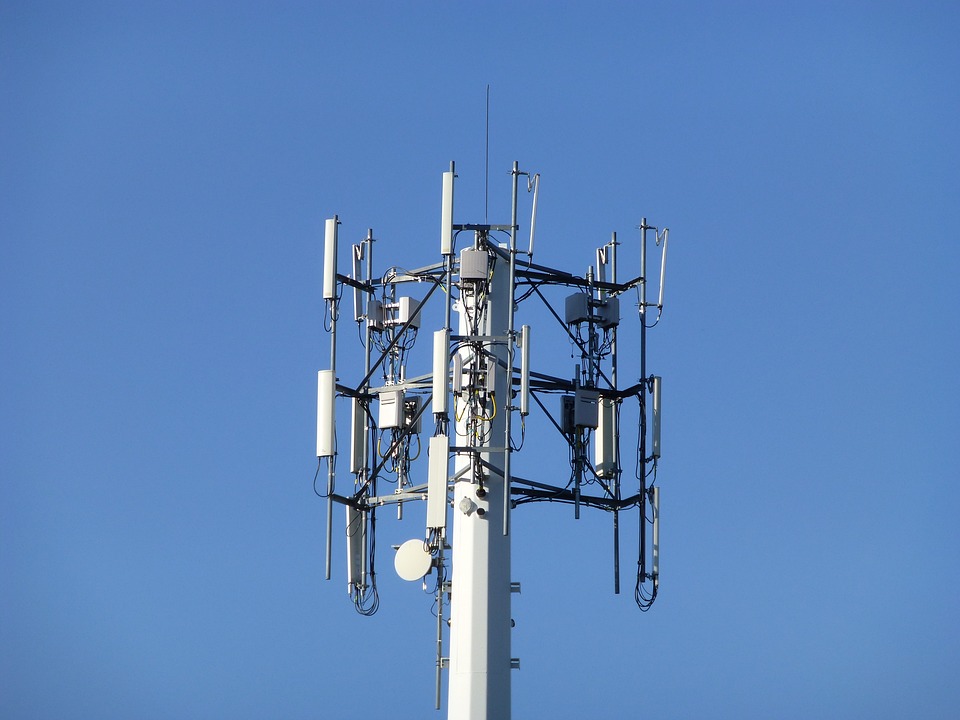The Cellular Clean-Up Crew: Uncovering the Vital Role of Phagocytes in Maintaining Tissue Health
When it comes to maintaining the health of our bodies, our immune system plays a crucial role in defending us against foreign invaders, repairing damaged tissues, and removing waste products. Within this complex system, a vital crew of cells known as phagocytes are responsible for cleaning up cellular debris and dead cells, ensuring the continuous renewal and maintenance of healthy tissues.
In this article, we’ll delve into the world of phagocytes, exploring their remarkable capabilities and how they contribute to the overall well-being of our bodies.
What are Phagocytes?
Phagocytes (from the Greek words "phagein," meaning "to eat," and "cyte," meaning "cell") are a type of immune cell responsible for engulfing and eliminating foreign particles, dead cells, and other cellular waste products. There are several types of phagocytes, including neutrophils, macrophages, and dendritic cells, each with unique functions and properties.
The Cellular Clean-Up Process
The phagocytic process involves a remarkable dance of cellular interactions. Here’s how it works:
- Recognition: Phagocytes recognize foreign particles or cellular debris through specialized receptors on their surface.
- Engulfment: The phagocyte extends pseudopodia (protrusions of its cell membrane) to surround the particle, engulfing it in a membrane-bound structure called a phagosome.
- Digestion: The phagosome merges with lysosomes, specialized vesicles containing digestive enzymes, to break down the engulfed material into smaller molecules.
- Elimination: The breakdown products are then released outside the cell through exocytosis or destroyed within the cell.
Vital Functions of Phagocytes
Phagocytes play a vital role in maintaining tissue health by:
- Removing dead cells: Phagocytes eliminate dead cells, which prevents cellular debris from accumulating and promoting disease.
- Clearing infection: Phagocytes engulf and digest bacteria, viruses, and other foreign invaders, helping to prevent infections and inflammation.
- Regulating inflammation: Phagocytes help resolve inflammation by removing the trigger and neutralizing pro-inflammatory chemicals.
- Maintaining tissue integrity: Phagocytes participate in the healing process by removing damaged or dying cells, promoting tissue repair and regeneration.
Visualizing Phagocytes at Work
[Image: Microscopic image of a phagocyte engulfing bacteria]
In this microscopic image, you can see a phagocyte (white) engulfing a bacteria (yellow) through the process of phagocytosis. The phagocyte’s membrane (pink) wraps around the bacteria, forming a phagosome (blue), which then fuses with a lysosome (orange) to break down the bacteria.
FAQs
Q: What happens if phagocytes are unable to remove cellular waste effectively?
A: Accumulation of cellular debris can lead to tissue damage and chronic diseases, such as atherosclerosis or inflammatory disorders.
Q: Can phagocytes be targeted in certain medical conditions?
A: Yes, in certain cases, phagocytes can be targeted for treatment. For example, in leukemia, phagocytes may be manipulated to engulf and eliminate cancer cells.
Q: Can phagocytes be influenced by environmental factors?
A: Yes, environmental toxins, pollutants, and unhealthy lifestyles can impair phagocytic function, making us more susceptible to disease.
Q: Can I improve phagocytic function naturally?
A: Yes, a balanced diet rich in fruits, vegetables, and omega-3 fatty acids, combined with regular exercise and adequate sleep, can support phagocytic function and overall immune health.
Conclusion
Phagocytes are the unsung heroes of our immune system, tirelessly working to maintain tissue health by cleaning up cellular debris and eliminating foreign invaders. Their vital functions are essential for our bodies’ ability to heal, adapt, and defend against disease. By understanding and supporting the remarkable capabilities of phagocytes, we can take a proactive approach to preserving our overall health and well-being.
Source:
- "Phagocytes and the Immune System" by The Merck Manual
- "The Biology of Phagocytosis" by Scientific American
- "Phagocytes in Health and Disease" by National Institutes of Health



